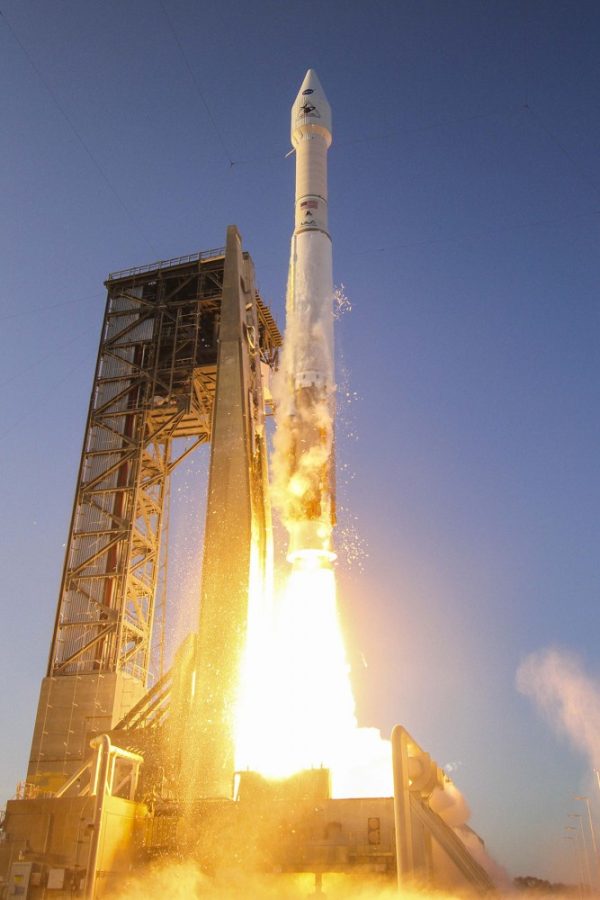The OSIRIS-REx spacecraft had a busy summer. OSIRIS-REx is currently operating around Bennu, a carbon-rich asteroid in an unstable orbit which may collide with Earth or another planet in 10 million years.
Scientists strive to learn more about its physical and chemical characteristics to understand how planets are formed and evolve over time.
RELATED: OSIRIS-REx arrives to asteroid Bennu after two years of space travel
The next phase of the mission took place over the summer by choosing the four potential sites for collecting material samples.
“We chose four sites that we are going to continue to investigate,” said Heather Enos, the deputy principal investigator for NASA’s OSIRIS-REx mission led by the University of Arizona.
The sites will be examined further in order to select the final two primary and backup sites for OSIRIS-REx to collect the asteroid samples.
“Our goal between now and the end of October is to collect very detailed information on each of the four sites selected,” Enos said.
This is the first time in U. S. history that a spacecraft will collect a sample of an asteroid and then travel millions of miles back to Earth for further study.
OSIRIS-REx has been orbiting Bennu since December 2018 to fully analyze the surface of the asteroid.
“We’re doing very focused observation on each of these sites to get a resolution of material where we can see rocks and such down to the 10 centimeter level,” Enos said.
Getting insight on the physical characteristics of Bennu allows for a higher probability of a successful sample collection on the first attempt.
The first step the OSIRIS-REx team took in determining the potential sites was to evaluate all safety factors.
“We have to do a pretty thorough safety assessment,” Enos said. “We always have to make sure that where we’re intending to perform our collection meets quite a bit of safety criteria that we have predetermined.”
Scientists look at what they call “hazards” or “boulders” to determine whether or not OSIRIS-REx will be able to collect a sample from the area. The terrain must be suitable enough for the spacecraft to be able to maneuver on the asteroid’s surface.
Finding out what the real surface of Bennu looked like came as a surprise to scientists working on the mission.
“Based on a lot of our ground-based data that we had prior to launch of Bennu, we had an expectation that we would have a lot of beach-like material,” Enos said. “When we arrived at the asteroid, we found that we had a lot more large boulders that could potentially be hazardous for our TAG attempt.”
TAG, or Touch-And-Go, is the method that OSIRIS-REx will utilize when quickly pushing up against Bennu’s surface to collect a sample with an articulated arm.
With so many hazardous features on the asteroid, the scientists found that there was not as much real estate as they expected.
“One of the things we had to do was improve the accuracy and precision in which we will actually be able to maneuver down to the surface,” Enos said.
With the new safety factors in mind, scientists have been able to move forward in the mission to learn more about Earth’s origins.
“Having an understanding of your origins is a powerful thing,” Enos said. “Being able to be part of such an amazing first-time NASA mission for sample return gives us clues into what the solar system looked like billions of years ago and how its progressed.”
RELATED: Incoming UA professor to study previously unopened moon samples
The mission of OSIRIS-REx is not only about learning more about where humans have come from, but also where else the species is headed in the future.
“It gives us insight to what was happening,” Enos said. “But it also gives us insight into how, perhaps, we need to understand taking care of our own planet going forward.”
Follow Sydney Jones on Twitter















